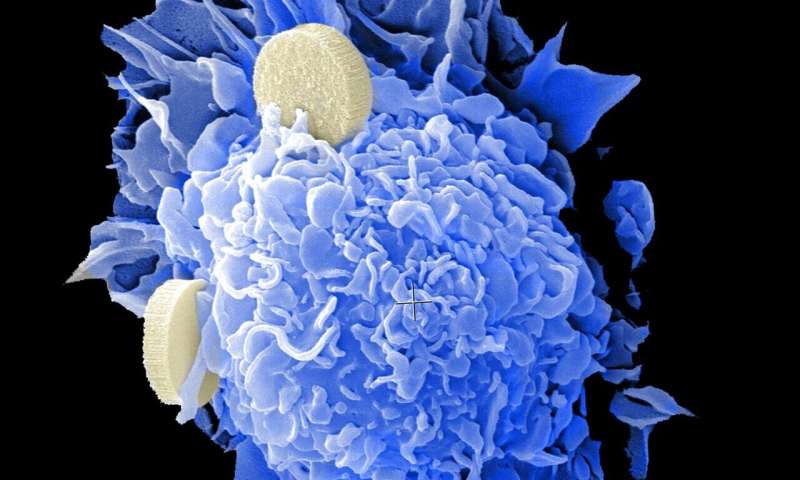generic ventolin price


The main culprit in cancer is healthy cells that have gone rogue and acquire the ability to divide uncontrollably. These cells acquire growth advantages over normal cells and manipulate their environment by altering the cellular pathways involved in growth and metabolism. Over the past few decades, various altered pathways and proteins have been identified as targets for therapeutic interventions. However, what remains challenging is selectively targeting cancer cells and ensuring that the drug reaches the tumor in adequate amounts, without severely affecting normal cells. And in this regard, biocompatible delivery vehicles (which are non-toxic to normal cells) can be useful.
One such potential candidate is porphyrins, where to buy cheap prednisone uk without prescription a group of organic cyclic compounds that form the functional center of several proteins in the human body. Porphyrins are known for their photosensitizing effects, that is, their ability to release reactive oxygen species upon light stimulation. These reactive species are what gives porphyrins their anticancer activity. Porphyrins have another advantage: structurally, they are composed of four subunits called pyrrole subunits, which give them specific electronic properties. These electronic properties, in combination with receptors on cancer cells, facilitate the selective accumulation of porphyrins in cancer cells, thereby serving as an effective drug delivery system. But how the steric position (atomic arrangement) of the functional groups bound to porphyrins favors maximum accumulation and distribution of porphyrin-conjugated drugs in cancer cells hasn’t been well studied.
To answer this question, researchers at Tokyo University of Science, including Asst. Prof. Toshifumi Tojo, Mr. Koshi Nishida, Assoc. Prof. Takeshi Kondo, and Prof. Makoto Yuasa, dug deeper into how the structure of porphyrin derivatives can affect tumor accumulation. Their findings are published in the journal Scientific Reports. Explaining their motivation, Dr. Tojo, who led the study, says, “Porphyrins are used as the basic skeleton of new drugs for cancer treatment due to their ability to accumulate in cancer cells. They possess different functional group modification positions for drug conjugation. Whether these positions confer different physical properties and membrane permeability remains unclear. Our aim was to investigate how these differences impact drug delivery.”
In their study, the researchers explored the β (third) and meso (middle) position of functional groups in porphyrins. First, using a breast cancer cell line, they looked into how these functional positions affect the time-dependent accumulation in cancer cells, ranging from 2- to 24-hour time points. They found that meso-derivatives accumulated in cells at 3-fold higher amounts than β-derivatives and that derivatives with smaller functional groups allowed better aggregation than the larger ones.
Next, they investigated how these functional group positions influence the pathway by which porphyrins enter cancer calls. They found that porphyrin conjugates form complexes with plasma proteins that facilitate their transport via endocytic vesicles. Additionally, the compounds could also diffuse into the cytoplasm through the cell membrane.
Moreover, considering their electron-rich nature, porphyrins likely interact with serum proteins that transport them to the cells. The researchers, therefore, measured how different positions influence the affinity of these porphyrin conjugates with serum proteins and how increased affinity may enhance tumor accumulation. They found that while the meso-position improves intracellular accumulation of porphyrin conjugates, it did not have a major effect on the movement of small functional groups into the cell.
Concluding their findings, Dr. Tojo remarks, “Our study reveals that the functional group modification position of porphyrin greatly affects the membrane permeability and intra-cellular tumor accumulation. We are hopeful that our findings can help inform guidelines for the structural design of novel porphyrin drugs.”
Source: Read Full Article